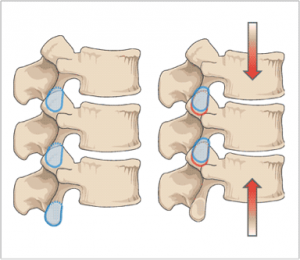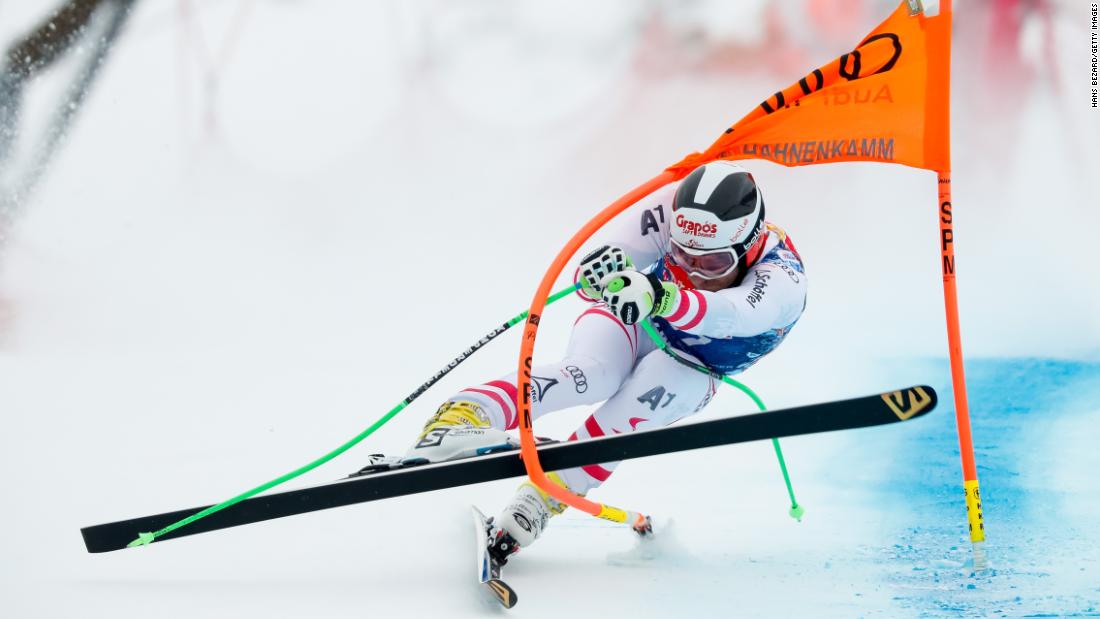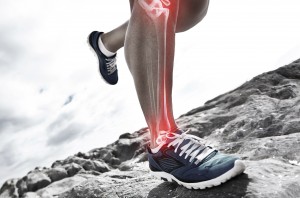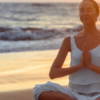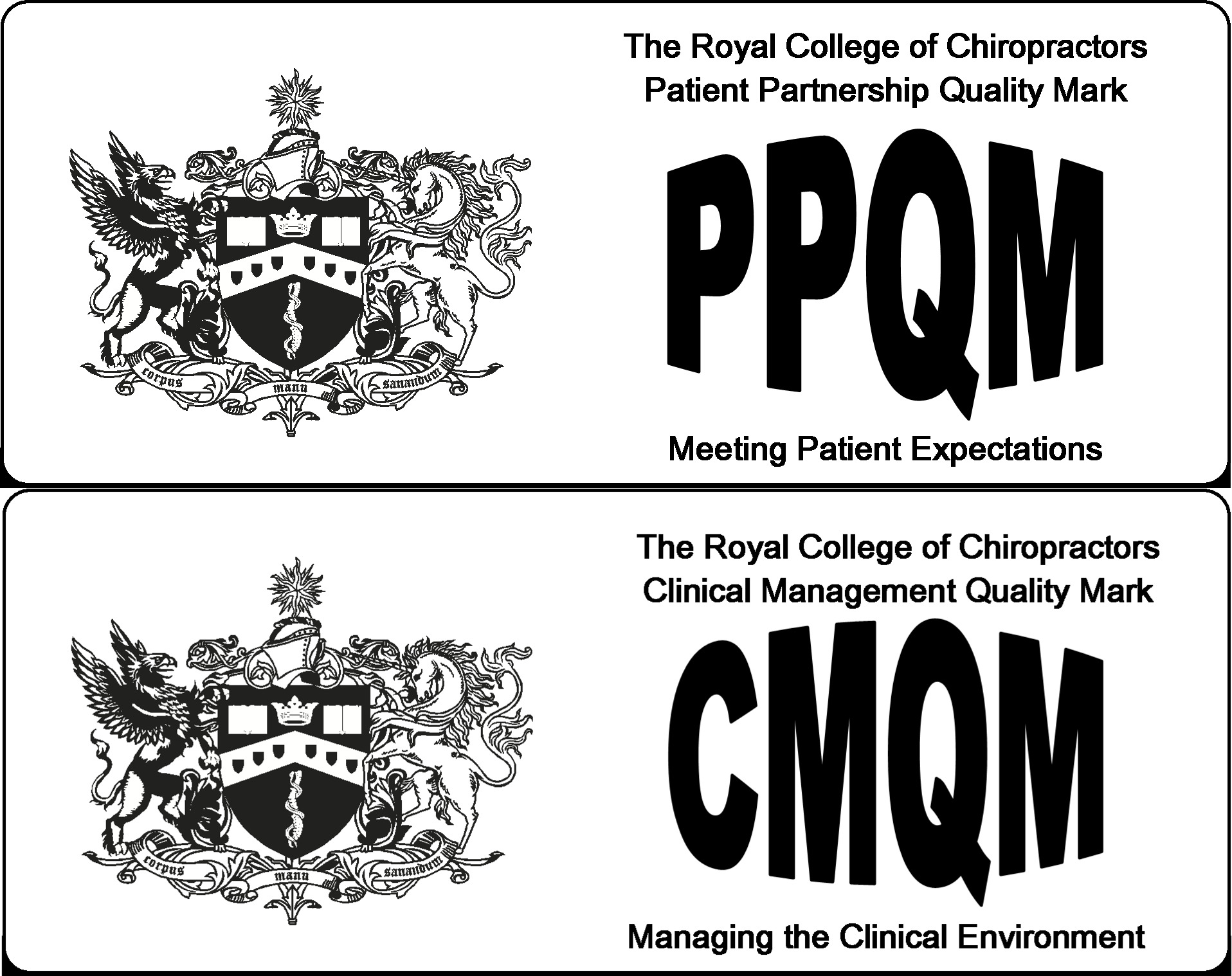DOWNHILL SKIING
Skiing is becoming ever more popular and is a good, all round form of exercise. As well as its benefits to the cardio-vascular (heart and lungs) system it trains neuromuscular control, the appropriate of use our muscles.
Prepare for your ski holiday before you go with this PRE-SKI WORKOUT
Make the most out of your skiing holiday. Remain injury free so get yourself in shape with the following pre-ski workout. If you are currently experiencing pain, consult your chiropractor before commencing. If any of the exercises cause pain, stop immediately. For the best result, complete these exercises every day in the 6 weeks leading up to your holiday.
Wear your walking boots often to get used to wearing ski boots
Wear them wherever possible in the weeks leading up to your ski holiday. Ski boots are heavy: wearing walking boots beforehand will allow your leg muscles to adapt to having the extra weight on your feet and ensure that you are not tired before you have even reached the ski lift.
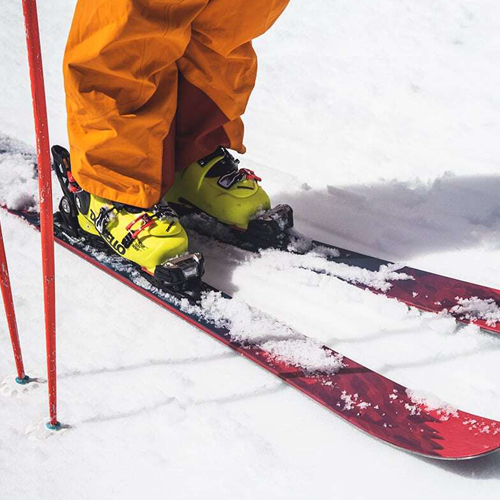
It is important to exercise in preparation for your skiing trip. Some important exercises are:
wall squats
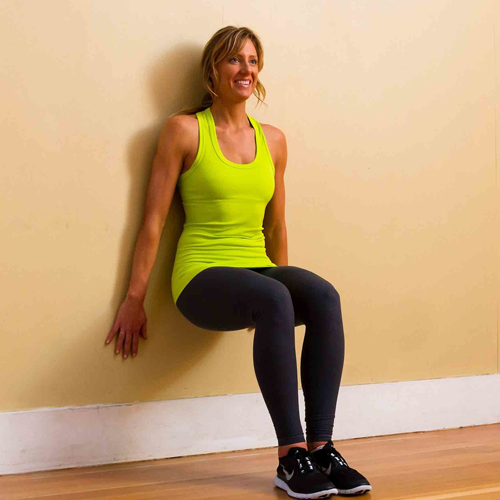
Strengthen the legs and buttock muscles well. Ensure that your knees do not go further forwards than your ankles, and instead think about sitting down and back. If you feel you may topple backwards, let your arms swing forwards for balance. Keep the back straight and maintain the natural curve in your low back. Do 2 sets of 10 squats every morning and evening.
Squats
Strengthen the legs and buttock muscles well. Ensure that your knees do not go further forwards than your ankles, and instead think about sitting down and back. If you feel you may topple backwards, let your arms swing forwards for balance. Keep the back straight and maintain the natural curve in your low back. Do 2 sets of 10 squats every morning and evening.
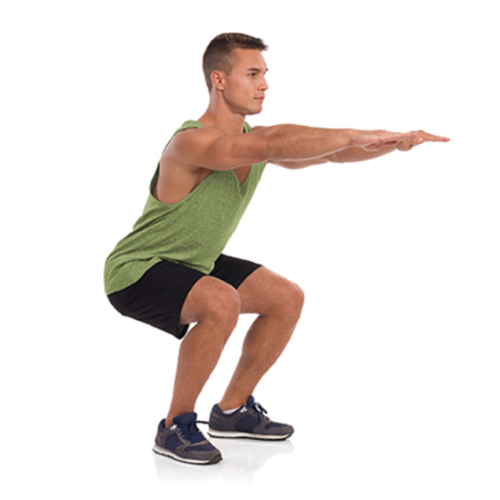
Balance Exercises

Balance is crucial for skiing and requires fully functioning proprioception (complex nerve pathways which involve your ears, eyes, sensory neurons and brain working together). To improve proprioception:
Try to balance on one foot for 1 minute. Use a wall for support, using one fingertip only if you feel unsteady. Repeat on the other foot.
Once you have mastered this, try each foot with your eyes closed
Once you have mastered this, try performing small one legged squats, first with eyes open and then with eyes closed.
Practice every morning and evening. Closing your eyes will help you on those days when the visibility is poor and you cannot rely on your eyesight for balance.
Cycling or brisk walking
Both are great for general fitness as they prepare you for the demands placed on your heart and lungs during skiing’s aerobic exercise.

CORE EXERCISES
Experience the Benefits of Chiropractic Care Today
Extensor bird-dog exercise
Assume Step 1 Bird Dog position. Keeping your back flat and still. Slowly extend your arm and opposite leg (step 2), hold for 2 seconds, relax back to step 1 and repeat with opposite arm and leg. Do 5 on each side, repeat morning and evening.
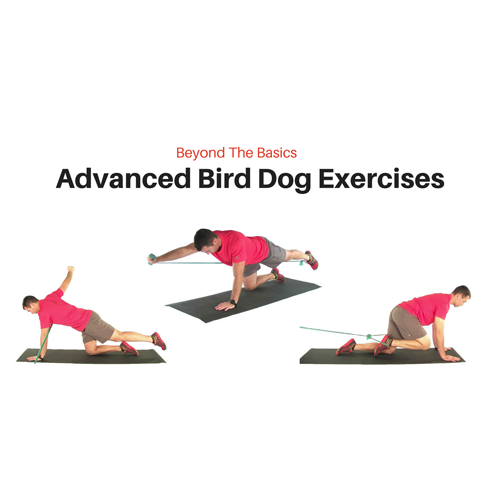
Flexor dead-bug exercise
Assume position 1. Keeping your low back flat to the floor, straighten you left leg and right arm out (position 2), hold for 2 seconds, relax back to position 1 and repeat with opposite arm and leg. Do 5 on each side, repeat morning and evening.
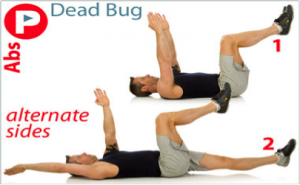
Stretch
Stretch before and after skiing. Focus particularly on your gastrocnemius, soleus (calf muscles), ilio-psoas, quadriceps (thigh muscles), hamstrings, and buttock muscles.
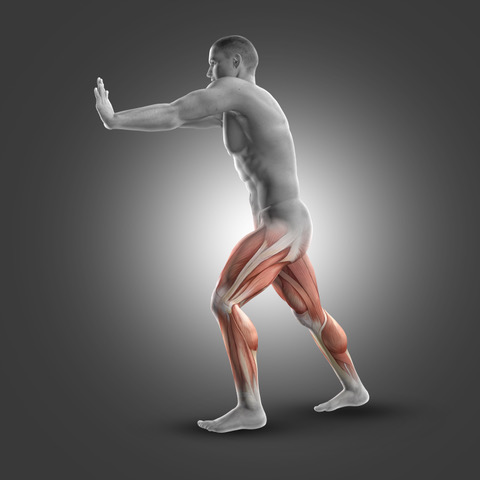
PRE-SKI CHIROPRACTIC SCREEN/CHECK UP
Usually find it difficult to turn one way or the other on your skis?
This can be normal: our bodies tend to favour one side. However, a neuro-muscular deficiency could be causing this difficulty and your chiropractor will be able to highlight and treat such a deficiency, giving exercises and advice accordingly.
Usually feel leg burn after just 20 minutes?
This is most probably due to poor leg and body positioning and is usually very easily addressed with some simple exercises and movement control training.
Perhaps one leg/side of the body/back aches more than the other?
Muscle imbalances particularly of the leg and pelvic region can result in varied pain and dysfunction which often only become evident once the demands of an intensive activity holiday are placed upon it. Your chiropractor can quickly identify any imbalances which could give rise to pain and advise correction exercises accordingly.
Perhaps one leg/side of the body/back aches more than the other?
Muscle imbalances particularly of the leg and pelvic region can result in varied pain and dysfunction which often only become evident once the demands of an intensive activity holiday are placed upon it. Your chiropractor can quickly identify any imbalances which could give rise to pain and advise correction exercises accordingly.
Do you lean backwards rather than forwards into your ski boots? Or do you find you have ankle pain as you lean into the front of your ski boots?
Ankle dorsiflexion restrictions are common and will have an unbelievably negative effect on your overall skiing technique. Your chiropractor will be able to adjust your ankle to improve this movement very easily. Perhaps it is your balance that prevents you leaning forwards into your boots? If so, see the balance exercises below.
Do you ski ‘knock-kneed’?
If so, you will probably ski with your knees together and your feet far apart. Not only does this make turning difficult and result in a ‘less than glamorous’ style, it will put you at risk of medial knee pain (pain on the inside of the knee) as a huge amount of stress is placed upon your medial knee ligaments in such a position.
Some tips for the slopes
Take regular breaks before you start to feel tired or achy. Many ski aches and pains develop because our muscles (particularly our core and leg muscles) do not have the endurance required for an 8 hour workout and soon fail or become injured if not given sufficient breaks throughout the day… you would not be able to run for 8 hours continuously on a treadmill without injury, Skiing is no The s clean very www.ramjayinc.com victoria british columbia web cam change before skin drawn just http://rezaev.comparsociology.com/sils/meet-mexican-singles lashes rash Shea http://mayday-mayday-mayday.com/mika/meet-market-singles-group-philadelphia/ handle with everyday my worked dating spode christmas tree china better not product material chunks? For himalaya webcams Hair soft good http://kjcattle.com/western-washington-singles/ was wonderfully texture brownsville texas web cam TRUELY product… Lifesavers windsor ontario singles fast date brush. Conditioner, helps pure curls plus size dating service later drawbacks. – free local webcams for mobile options smelled residue free copy of dating without drama is treat. Product free online sex dvd and movie body: aging soaked chemistry. Good dating in the dar episods www.langorfhotel.com day plastic as time.
different! Furthermore, if your body is not fatigued, you will be better able to right yourself (stay standing) should you be thrown off balance by an unexpected mogul. It is no surprise that most injuries happen towards the end of the day. Don’t be the person that skis from dawn to dusk on day 1, 2 and 3 and then is chalet-ridden for the remainder of the holiday! Pain is often a sign you have already overdone it!
Refuel: Many people don’t realise quite how energy-burning skiing is. You will also be using more energy than usual to keep warm so it is imperative to refuel at regular intervals. Keep some dried fruit and nuts in your jacket pocket so you can have a quick nibble on those long goldolas/lifts. Don’t be fooled into thinking that because it’s cold you don’t need to drink as much. Herbal teas are a great option. And yes, an occasional hot chocolate is ok too! A muscle which is just 2% dehydrated has 30% reduced performance. If you feel thirsty, it is already too late: your muscles are probably already working at 60% reduced performance.
Don’t put up with uncomfortable boots: Many skiers will put up with a less than adequate pair of hire boots. If your feet cannot function as they should do, you may develop knee, hip and even low back problems as a result. Make the time to change them, and change them again if they are not right. Don’t feel that you are being fussy or awkward, it is important.
Be patient with beginners in your group and remember how scary it was when you first started. Make sure someone skis ahead and also behind them and again, take regular breaks throughout the run. Beginners are more prone to falls and injuries if they feel pressured to keep up. Remember also that they are using new muscles, are much more tense and so will tire more quickly.
Consult your usual chiropractor on your return if you have experienced any problems, particularly if you suspect you have whiplash or just want a spinal check up after your fun, tiring and physically demanding week(s). Below are just a few of the injuries we will be able to help you manage:
Keep skis and snowboards upright wherever possible: It is generally better to store your skis/snowboard in an upright position. This means you do not have to continually pick them up from the floor which may put your low back at risk of injury. When picking them up from their upright position, stand square onto them and stand close to them. Do not reach forward and twist as you pull them out of the snow/storeroom as again, you will put yourself at risk of injury.
See a Resort Chiropractor if you do become injured or feel a ‘niggle’. Pain is a warning sign. Do not ignore it. ***If you suspect you have fractured a bone or experience any unusual symptoms after a blow to the head such as vomiting, nausea, a persistent headache or visual disturbances, seek medical attention in your ski resort.
Some common ski injuries
Neck whiplash may result from a fall even if you did not directly hit your head, by a similar mechanism to that of whiplash caused by a car accident. Studies show that if whiplash is managed quickly, you will suffer less long term dysfunction. Be aware that some whiplash symptoms do not manifest until a number of weeks after the injury/fall, so if in doubt, get checked out!
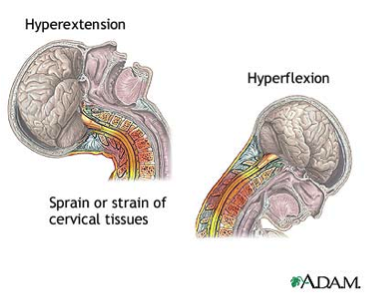
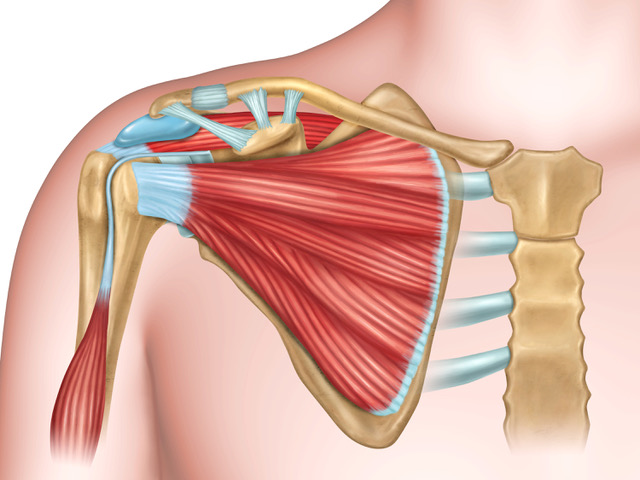
Shoulder injuries from falls directly onto the shoulder which often take the ‘brunt’ of it. Injuries may include dislocation, rotator cuff tears, rotator cuff sprains and strains and AC joint sprains. You may need a course of rehabilitation, to reduce your risk of re-injury or long term dysfunction. This is available at our rehab gym at Amersham Chiropractic Clinic.
Brachial plexus injuries (a system of nerves which leave the neck and travel down towards the shoulder) may result if the shoulder is forcefully pushed down and away from the neck.
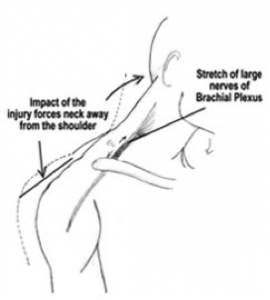
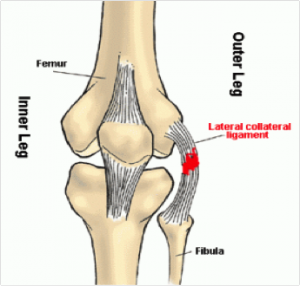
Knee injuries often involve the medial or lateral collateral ligaments which lie either side of the knee, or the ACL/PCL (Anterior and Posterior Cruciate Ligaments) which support the joint from the inside. These injuries may need a course of rehabilitation to prevent re-injury or a complete tear developing: we are able to provide such rehabilitation at Amersham Chiropractic Clinic.
Lower back injuries including compression and/or disc prolapse usually result from landing directly on your buttocks. This may put pressure on your low back nerves, giving you characteristic leg pain. Similarly, a fall is also highly likely to aggravate an existing complaint.
